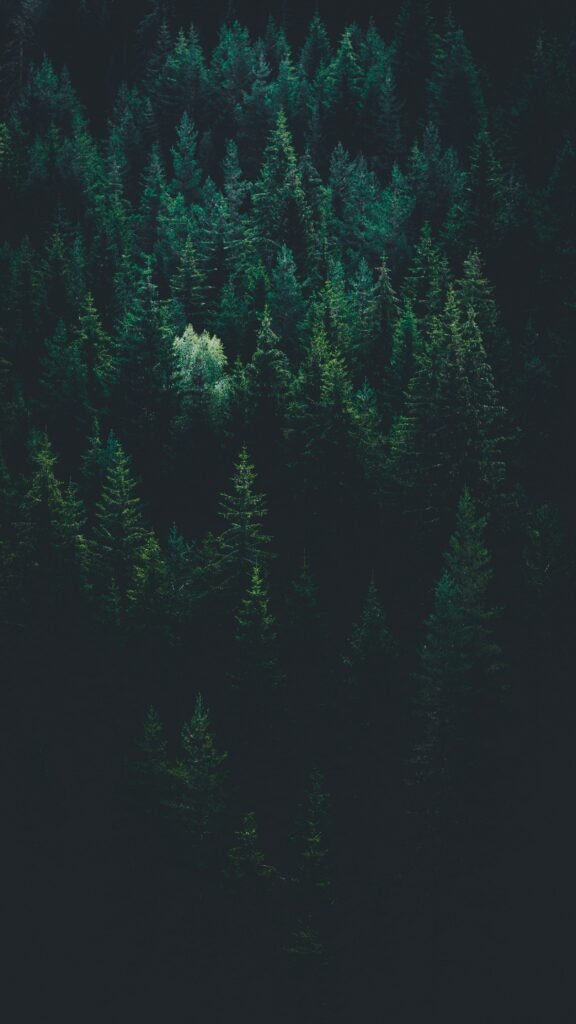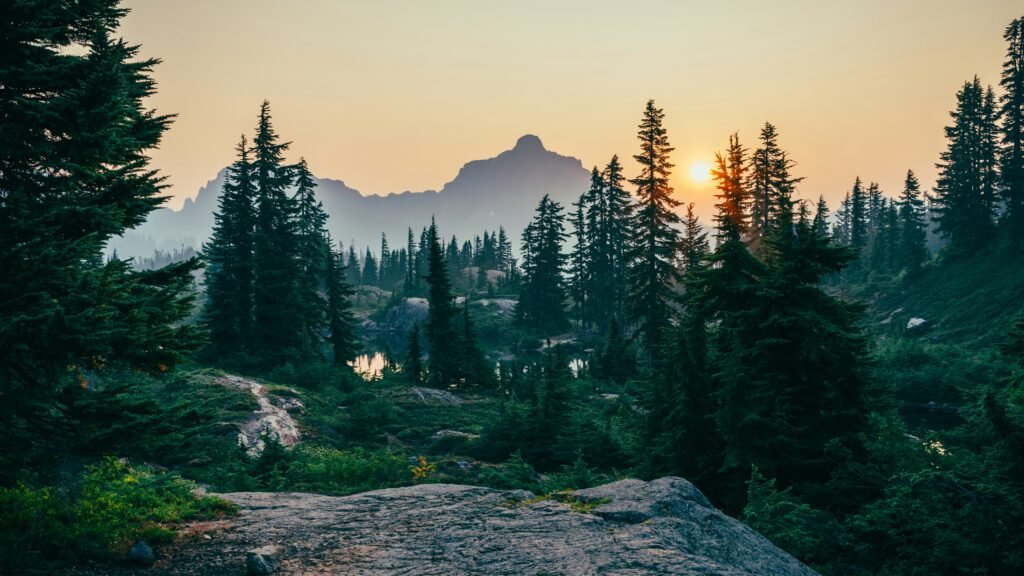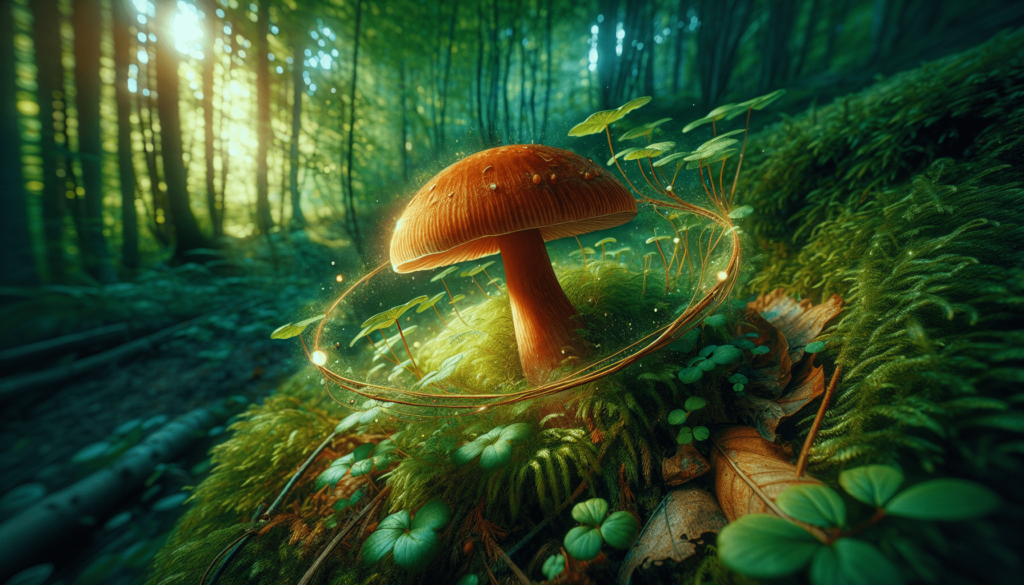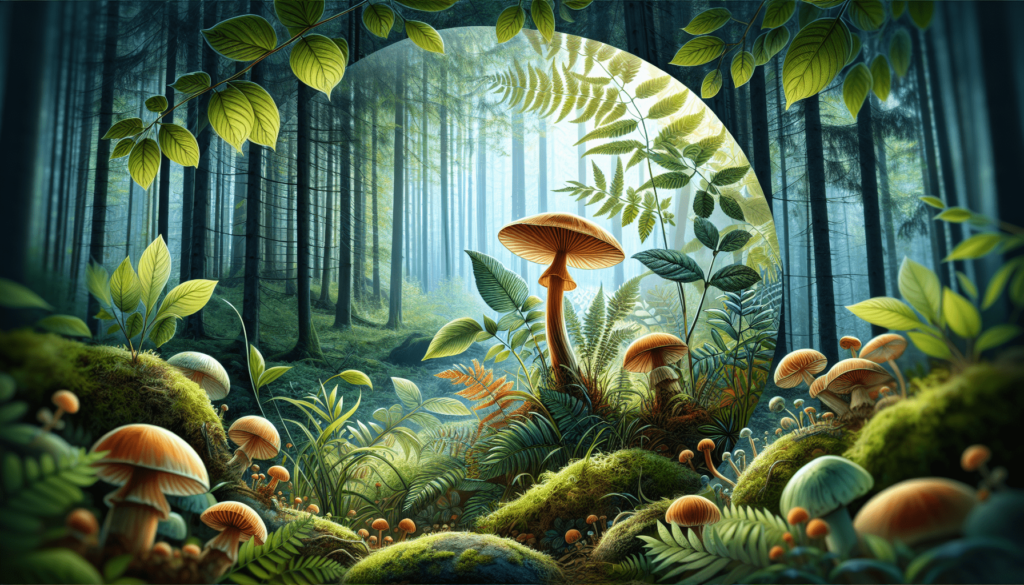If you’re a nature enthusiast seeking to embark on a thrilling mushroom hunting adventure, you’ve come to the right place. “Navigating The Forest: What To Wear And What To Bring For Mushroom Hunting” is your comprehensive guide to all the essentials you’ll need for a successful expedition. From choosing the perfect attire, including mushroom hunting pants and appropriate footwear, to selecting a sturdy forage bag for your treasure trove of fungi, we’ve got you covered. But it doesn’t stop there – we’ll also provide valuable insights on packing emergency supplies and ensuring you’re equipped to protect and preserve the delicate environment around you. So, get ready to gear up and explore the captivating world of mushroom hunting like never before!
Choosing the Right Attire
Durable clothing
When heading out for a mushroom hunting expedition, it is important to wear durable and sturdy clothing that can withstand the rigors of the forest. Opt for long pants and a long-sleeved shirt to protect your skin from scratches and insect bites. Choosing clothing made from breathable material, such as cotton or synthetic blends, will help keep you comfortable during your hunt.
Proper footwear
Traversing through the forest requires suitable footwear that can provide stability and protection. Look for hiking boots or sturdy shoes with good traction to guard against slips and falls. Waterproof footwear is also essential, as mushroom hunting often involves walking through damp or muddy areas. Keep in mind that some mushrooms thrive in mossy or wet environments, so being prepared with waterproof footwear will help keep your feet dry and comfortable.
Layering options
Weather conditions in the forest can be unpredictable, with temperatures varying throughout the day. Layering your clothing allows you to easily adapt to changes in temperature. Start with a moisture-wicking base layer, such as a lightweight long-sleeved shirt, to keep you cool and dry. Add an insulating mid-layer, like a fleece jacket or sweater, to provide warmth when needed. Finally, top it off with a waterproof outer layer, such as a rain jacket, to protect against rain showers or sudden downpours.
Hat and gloves
Don’t forget to protect your extremities! Wearing a hat will not only shield your head from the sun’s rays but also keep you warm in cooler temperatures. Opt for a wide-brimmed hat to provide shade for your face and neck. In addition, wearing gloves will not only protect your hands from scratches and thorns but also keep them warm during chilly mornings or evenings in the forest. Look for gloves made with a durable material that still allows for dexterity to handle mushrooms and other gear.
Essential Gear
Forage bag
A forage bag is a must-have item for any mushroom hunter. It provides a convenient and hands-free way to collect and transport your finds. Look for a bag that is lightweight, durable, and has multiple compartments for organizing mushrooms based on their variety. A bag with adjustable straps will allow you to customize the fit and easily carry it on your back while keeping your hands free for picking mushrooms.
Mushroom hunting knife
A mushroom hunting knife is an essential tool for safely harvesting mushrooms. It should have a sharp and sturdy blade, along with a comfortable grip. The blade should be versatile enough to cut through the tough stems of mushrooms, while still being precise for delicate tasks like removing a mushroom from the ground. Remember to handle the knife with care and always follow safety guidelines when using it.
Camera
Bring a camera along to capture the beauty of the forest and document any interesting mushrooms you come across. Whether you prefer a DSLR or a smartphone with a high-quality camera, having the ability to take photos allows you to identify mushrooms later or share your findings with others. Plus, it’s a great way to create memories of your mushroom hunting adventures!
Field guide or mushroom identification app
To ensure you are correctly identifying the mushrooms you find, it’s essential to have a reliable field guide or a mushroom identification app. These resources provide valuable information about different types of mushrooms, their characteristics, and whether they are edible or poisonous. With their help, you can confidently identify and collect mushrooms in a responsible and safe manner.

Protective Equipment
Bug repellent
Insect bites can definitely put a damper on your mushroom hunting experience. Be proactive and apply bug repellent before heading into the forest. Look for a repellent that is effective against mosquitos, ticks, and other common pests. Applying it to exposed skin and clothing will help keep those pesky bugs at bay. Remember to follow the instructions on the label and reapply as needed, especially if you’re in an area with a high bug population.
Tick repellent
Ticks are a common concern when spending time in wooded areas, and protecting yourself from tick bites is crucial. Apply a tick repellent that contains ingredients like DEET or permethrin to your clothing and exposed skin. Tucking your pants into your socks can also help prevent ticks from crawling up your legs. Remember to check yourself thoroughly for ticks after your mushroom hunting adventure to ensure you haven’t brought any unwanted guests home with you.
Sunscreen
Even when walking through the forest, it’s important to protect your skin from the harmful rays of the sun. Apply a broad-spectrum sunscreen with a high SPF before heading out. Pay special attention to your face, neck, and any exposed areas of your body. Consider using a sunscreen that is water-resistant to ensure it stays effective even if you perspire or encounter rain during your hunt.
First aid kit
Accidents can happen even in the most serene of environments, so it’s always a good idea to have a basic first aid kit on hand. Pack items such as adhesive bandages, antiseptic wipes, pain relievers, tweezers for removing splinters or ticks, and any other personal medications you may need. You never know when a minor scrape or blister might occur, and it’s better to be prepared and have the necessary supplies within reach.
Emergency Supplies
Whistle
Carrying a whistle is a simple yet effective way to attract attention in case of an emergency. It can be used to signal for help or alert others to your location if you find yourself lost or in need of assistance. Invest in a sturdy whistle that produces a loud and distinct sound. Attach it to your backpack or clothing in a place where it can be easily accessed when needed.
Flashlight or headlamp
Having a reliable light source is crucial, especially if you plan to stay in the forest past sunset. A flashlight or headlamp will help you navigate through dark areas, read maps or field guides, and ensure your safety. Opt for a lightweight and durable option that provides sufficient brightness to illuminate your surroundings. Don’t forget to pack extra batteries or ensure your rechargeable light source is fully charged before setting off.
Compass
Although many of us rely on GPS devices or smartphone apps for navigation, it is still important to have a basic understanding of traditional navigation methods. A compass can be a reliable and essential tool for orienteering in the forest. It can help you find your bearings, determine which direction you are heading, and assist in identifying landmarks. Familiarize yourself with how to use a compass before your mushroom hunting adventure to ensure you can navigate efficiently.
Emergency blanket
Unpredictable weather or unexpected situations can occur, leaving you in need of shelter or warmth. An emergency blanket, also known as a space blanket, is a lightweight and compact item that can provide insulation and protection from the elements. If you find yourself stranded or in a situation where additional warmth is needed, an emergency blanket can be a lifesaver. It’s a small and inexpensive investment that can offer peace of mind during your mushroom hunting trip.

Navigational Tools
Map of the area
Before setting off on your mushroom hunting adventure, make sure to obtain a detailed map of the area you plan to explore. A map will provide you with a visual representation of the trails, landmarks, and potential mushroom hotspots. Familiarize yourself with the map before starting your journey and use it as a reference to track your progress and ensure you stay on the right path.
GPS device or smartphone with GPS
While a map is an invaluable tool, technology can also aid in navigation. Consider bringing a GPS device or a smartphone with GPS capabilities to enhance your navigational abilities. These devices can help you pinpoint your location, track your route, and even provide real-time weather updates. However, keep in mind that relying solely on technology can be risky, as batteries may die or there may be areas with limited signal. Therefore, it’s always wise to have a backup plan and be proficient in traditional navigation methods.
Trail markers
When exploring the forest, it’s important to be aware of and follow any trail markers that may be present. Trail markers, such as blazes on trees or posts with arrows, help keep you on the correct path and prevent you from getting lost. Familiarize yourself with the different types of markers used in the area you are exploring and pay attention to any signs or symbols that may guide you along the way.
Food and Water
Reusable water bottle
Staying hydrated while mushroom hunting is essential, especially if you’re spending hours in the forest. Bring a reusable water bottle filled with an ample supply of water to keep yourself hydrated throughout the day. Look for a bottle that is durable, easy to carry, and has a good capacity. Remember to drink regularly and refill your bottle whenever you come across a safe water source.
Snacks
Keeping your energy levels up while foraging for mushrooms is important, so pack a variety of nutritious and easy-to-eat snacks. Trail mix, energy bars, dried fruit, and nuts are all great options that provide a quick boost of energy. Consider packing snacks that won’t generate excessive waste or attract wildlife. Plan ahead and pack enough snacks to keep you fueled throughout your mushroom hunting adventure.
Lunch or meal
Depending on the duration of your mushroom hunting trip, it may be necessary to bring a packed lunch or meal. Choose foods that are easy to prepare, pack, and eat in the forest. Sandwiches, wraps, or a salad with portable protein options like boiled eggs or grilled chicken are all suitable choices. Don’t forget to include some fresh fruits and vegetables to round out your meal. Avoid bringing perishable items that may spoil quickly, and be mindful of any waste you generate.
Water purification method
In case you come across a water source that is not potable, having a reliable water purification method is crucial. Water filters, purification tablets, or UV water purifiers can help make water safe to drink by removing harmful bacteria, viruses, and parasites. Research and select a method that suits your needs and learn how to use it properly before your mushroom hunting trip. This will ensure you have access to clean drinking water when necessary.

Minimizing Environmental Impact
Leave no trace
When venturing into the forest, it’s important to adhere to the principles of “Leave No Trace.” This means minimizing your impact on the environment and leaving it as you found it. Avoid damaging plants, disturbing wildlife or their habitats, and leaving any garbage behind. Respect the natural balance of the forest and take care to tread lightly, ensuring future generations can enjoy the same mushroom hunting experiences that you do.
Collecting guidelines
While mushroom hunting is an exciting and rewarding activity, it’s essential to follow responsible collecting guidelines. Only harvest mushrooms you can confidently identify as edible, and leave any unfamiliar or potentially poisonous species untouched. Avoid over-harvesting and take only what you need. Be mindful of the habitats in which mushrooms grow and do not disturb or damage the surrounding vegetation.
Proper disposal of waste
Dispose of any waste you generate in a responsible manner. This includes any food wrappers, packaging, or other garbage. Place waste in sealed bags and carry it out of the forest with you. Avoid littering or leaving any traces of your presence. Be mindful of the impact that waste can have on the environment and do your part to keep the forest pristine and free from pollution.
Respect for natural habitats
As you explore the forest in search of mushrooms, remember that you are a guest in the natural habitats of countless organisms. Treat wildlife, plants, and their habitats with respect. Avoid stepping on fragile plants, disturbing animal nests, or damaging any flora or fauna. By practicing respect for natural habitats, you contribute to the preservation and conservation of the forest ecosystem.
Weather Preparedness
Rain gear
The weather can change unexpectedly while mushroom hunting, so it’s important to be prepared for rain. Pack a lightweight and waterproof rain jacket or poncho to keep yourself dry during showers. Additionally, consider bringing rain pants or gaiters to protect your legs and footwear from getting wet. Stay comfortable and continue your hunt even if the rain tries to dampen your spirits.
Extra layers for cold weather
If you anticipate a drop in temperature during your mushroom hunting trip, be sure to layer up. Pack extra clothing layers, such as a warm fleece or down jacket, gloves, and a hat. These layers will provide insulation and help keep you warm in cooler temperatures. Even if the forecast predicts mild weather, it’s always better to be over-prepared than under-prepared when it comes to staying warm in the forest.
Waterproof footwear
While your regular hiking boots may be able to handle some dampness, waterproof footwear is ideal for mushroom hunting. Look for boots specifically designed to be waterproof or consider applying a waterproofing treatment to your existing boots. Wet feet can quickly lead to discomfort, blisters, and an early end to a mushroom hunting expedition. Invest in quality waterproof footwear to ensure your feet stay dry and comfortable throughout your adventure.
Protection from the sun
Even on cloudy days, it’s important to protect yourself from the sun’s harmful rays. Wear a wide-brimmed hat to shade your face and neck. Apply sunscreen to exposed skin, including your face, neck, arms, and legs. Don’t forget to protect your eyes with sunglasses that offer UV protection. It’s crucial to take sun protection seriously to prevent sunburn, dehydration, and other sun-related ailments.

Communication and Safety
Cellphone with full battery
Bringing a fully charged cellphone along with you is essential for communication and emergency purposes. Ensure that your cellphone is fully charged before setting off on your mushroom hunting adventure. However, remember that cellphone reception may be limited or non-existent in certain areas of the forest. Don’t solely rely on your phone as your only means of communication.
Emergency contact information
Have a written or digital copy of important emergency contact information easily accessible in case of an unforeseen event. Include the contact details of local emergency services, park rangers, and a trusted friend or family member who can assist if needed. Store this information in a waterproof container or protective sleeve, ensuring it remains legible and accessible in case of an emergency.
Knowledge of the area’s limitations
Before heading into the forest, familiarize yourself with any limitations or regulations specific to the area you plan to explore. Some parks or nature reserves may have restricted access or designated trails for mushroom hunting. Obtain any necessary permits or permissions ahead of time. Additionally, research any hazards or potential risks specific to the area, such as poisonous plants or wildlife encounters, so you can be prepared and stay safe while mushroom hunting.
Share your plans with someone
Always let someone know about your mushroom hunting plans. Share details of the areas you plan to explore, your intended duration, and the expected time of return. Provide them with a copy of your map or the GPS coordinates of your planned routes, if possible. In the event that you encounter difficulties or fail to return at the designated time, this information will be invaluable for search and rescue efforts.
Optional Extras
Magnifying glass
For those who want to delve deeper into the fascinating world of mushrooms, a magnifying glass can be a useful tool. It allows for closer inspection of the intricate details, such as spore prints or the fine features on the surface of a mushroom. With a magnifying glass, you can truly appreciate the beauty and complexity of the fungi you encounter.
Comfortable backpack
Carrying all your gear and supplies in a comfortable backpack is essential for a pleasant mushroom hunting experience. Look for a backpack with adjustable straps and padding to ensure a proper fit and minimize discomfort. It should have ample storage space and compartments to organize your gear efficiently. Choose a backpack made from durable and water-resistant material to withstand the rigors of the forest.
Field notebook and pencil
If you enjoy documenting your mushroom hunting adventures or want to keep a record of the various species you encounter, a field notebook and pencil can be valuable additions to your gear. Use the notebook to jot down observations, sketch mushrooms, or record details about their habitat. This not only enhances your knowledge but also serves as a memento of your mushroom hunting experiences.
Insect net
For those who are particularly bothered by flying insects, an insect net can provide some respite. With an insect net, you can create a barrier between yourself and the bugs, allowing you to focus on mushroom hunting without pesky distractions. Look for a lightweight and breathable net that can be easily attached to a hat or worn as a standalone item.
Whether you’re a seasoned mushroom hunter or embarking on your first expedition, having the right attire and gear is essential for an enjoyable and successful experience. From durable clothing and proper footwear to navigation tools and protective equipment, each item contributes to your comfort, safety, and environmental stewardship. By preparing diligently and being mindful of your surroundings, you’ll be well-equipped to navigate the forest and embark on exciting mushroom hunting adventures. So, grab your forage bag, put on your hat, and get ready to embark on a memorable journey into the world of mushrooms!

